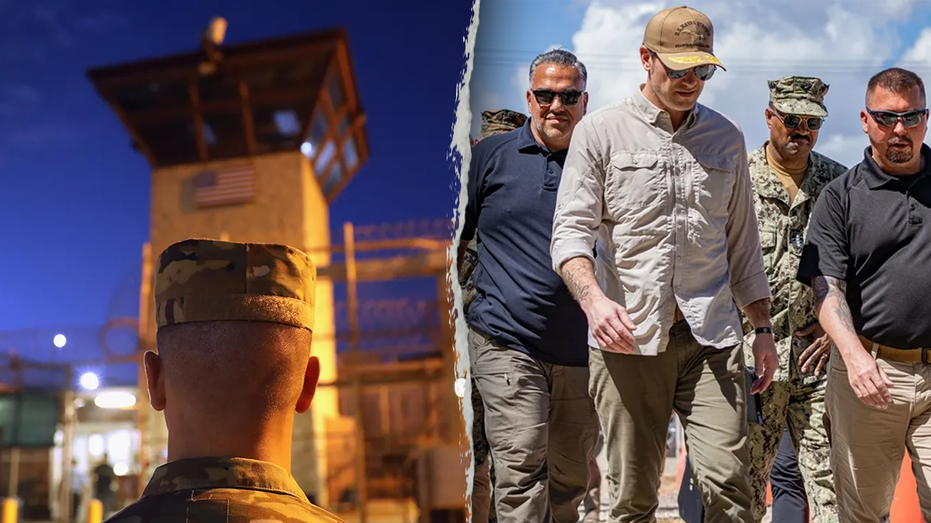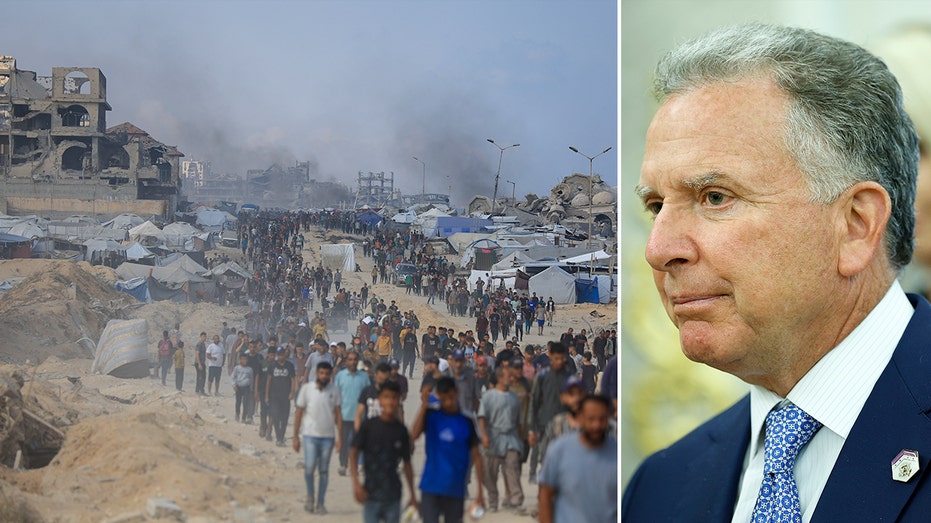Guantánamo Bay’s Brief Cameo in Trump’s Early Immigration Crackdown

Sarah Johnson
April 27, 2025
Brief
Trump administration used Guantánamo Bay to detain high-risk illegal immigrants and gang members, sparking controversy over immigration policy and U.S. deportation strategies.
Guantánamo Bay—usually reserved for the world’s most notorious terrorists—unexpectedly found itself in the immigration spotlight during the early days of President Donald Trump’s tenure. In a move that raised more than a few eyebrows, the Trump administration began sending select criminal illegal immigrants to the infamous Cuban base, branding them "the worst of the worst."
Trump, right out of the gate in his second term, ordered the Pentagon to prep 30,000 beds at Gitmo for these high-risk migrants, arguing it was the only way to keep them from slipping back into American communities. He didn’t mince words, stating some offenders were so dangerous, the U.S. couldn’t even trust their home countries to keep them locked up. Gitmo, it seems, became the ultimate "You’re not coming back" stamp.
This aggressive approach gained momentum when the State Department slapped the "foreign terrorist organization" label on several gangs—MS-13, Tren de Aragua, and a handful of Mexican cartels. Soon, several hundred migrants passed through Gitmo, including high-profile members of Venezuela’s Tren de Aragua, a group with a rap sheet long enough to fill a novella. Their links to crimes like the murder of Georgia nursing student Laken Riley and a full-on apartment takeover in Aurora, Colorado, made them stand out even among hardened criminals.
The Department of Defense confirmed that these migrants were temporarily housed in empty detention facilities at the base, awaiting transfer to their home countries or other "appropriate destinations." Secretary of Defense Pete Hegseth even made Gitmo his first stop as secretary, calling it the "front lines of the war against America’s southern border." He praised the troops for directly supporting efforts to apprehend and deport dangerous illegal aliens. That’s one way to make a first impression on the job.
But for all the tough talk, things didn’t exactly go off without a hitch. Despite plans for 195 tents at Gitmo to detain migrants, none were used—turns out, they didn’t meet ICE standards. Military officials said they were told to set up the tents without clear detention guidelines, and construction was halted within weeks. Sometimes, even the best-laid plans get tangled in red tape.
Still, Republican lawmakers, led by House Armed Services Chair Mike Rogers, toured Gitmo and declared it capable of handling deportations. Yet by mid-March, the last 40 migrants at Guantánamo were shipped back stateside to Louisiana, including 23 flagged as "high-threat." Whether the U.S. will ever try the Gitmo route again remains uncertain, as the White House and DHS kept quiet on future plans.
In a plot twist, the U.S. has now teamed up with El Salvador’s President Nayib Bukele to send gang members to El Salvador’s infamous "Terrorist Confinement Center" (CECOT), with hundreds of Salvadoran and Venezuelan migrants already making the journey. When it comes to high-stakes deportations, it seems America’s looking for partners—preferably with really big prisons.
Topics
Editor's Comments
Who would’ve guessed Guantánamo Bay would go from holding terrorists to serving as a layover for deportees? Seems like the only thing more tangled than America’s immigration policies are the tent assembly instructions at Gitmo. Maybe next time, someone will send ICE the manual—or at least the IKEA Allen wrench.
Like this article? Share it with your friends!
If you find this article interesting, feel free to share it with your friends!
Thank you for your support! Sharing is the greatest encouragement for us.



